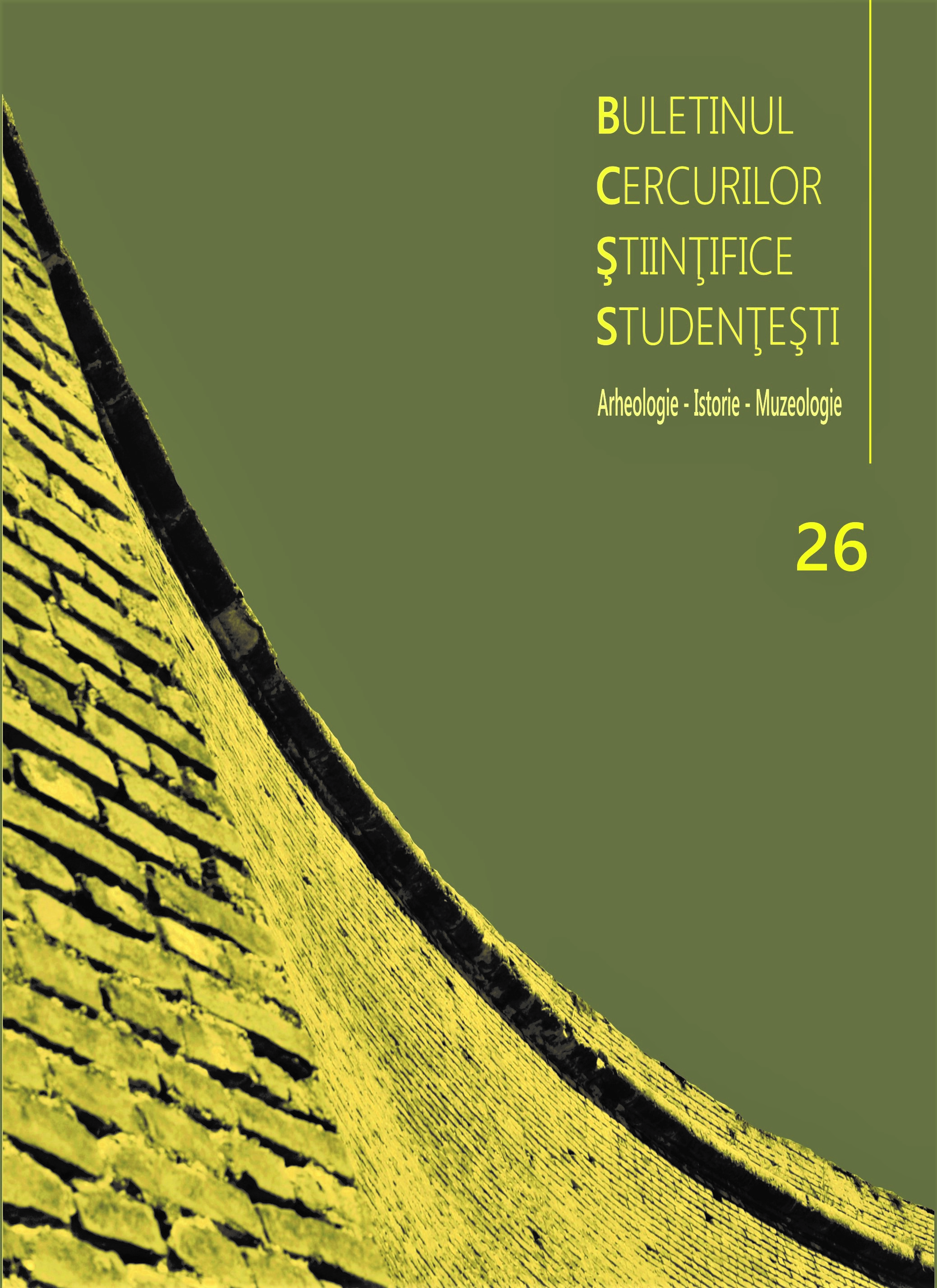ANTROPONIMIA ÎNTR-UN SPAȚIU DE FRONTIERĂ: INEU ȘI PÂNCOTA ÎN ANUL 1746
ANTHROPONYMY AT THE INEU–PÂNCOTA MICRO-FRONTIER IN 1746
Author(s): Melinda Gabriela KeresztesSubject(s): History, Local History / Microhistory, Social history, Modern Age, 18th Century
Published by: Universitatea »1 Decembrie 1918« Alba Iulia
Keywords: Western Romania; urbarium; Habsburgs; census; social history; old anthroponomastics;
Summary/Abstract: In this study I analyse the anthroponomastics of Ineu and Pâncota using the 1746 urbarium as a starting point to offer not only answers of a cultural nature, but also patrimonial and social ones as well.Regarding this subject I determine several interpretations with reference to the anthroponymy of the Ineu and Pâncota zones. The first objective was to analyse the surnames as they are distributed into specific categories according to their origin. The first category is surnames that derive from the place of origin. By analysing these names, we may notice the demographic mobilities, specifically relating to the population of urban spaces, small towns and villages. The second category refers to nicknames and sobriquets. In this case, information which might not be found in other sources such as the individual’s position within the family structure or physical aspects and behavioural characteristics may be revealed. The third category focuses on names derived from a craft or line of work – occupational surnames. This category can be further divided into several subcategories, according to the job from which the surname derives. Moreover, one can also add in this category last names which refer to an administrative function or occupation. By studying this category, we become aware of the socio-economical structure of Ineu and Pâncota. The fourth category encompasses surnames that reveal the individual’s or his ancestor’s ethnicity and provides evidence of the communities’ multi-ethnic character when the census was taken. The second objective to be achieved by this study was to carry out a statistical evaluation with reference to the spreading of Biblical (from the Old Testament or the New), theophoric, apostolic and, especially, masculine names in Ineu and Pâncota in 1746. After taking the census and interpreting it statistically we attempt to construct tables through which to compare the influence of the Western and Eastern churches on the naming cultures of the two places. The final objective of this study was to make a comparison between Ineu and Pâncota, using the 1746 census as a base, in order to highlight both the differences and similarities regarding the naming cultures found in a space in which the notion of micro-frontier could be easily implemented.
Journal: Buletinul Cercurilor Științifice Studențești
- Issue Year: 26/2020
- Issue No: 1
- Page Range: 47-62
- Page Count: 16
- Language: Romanian

